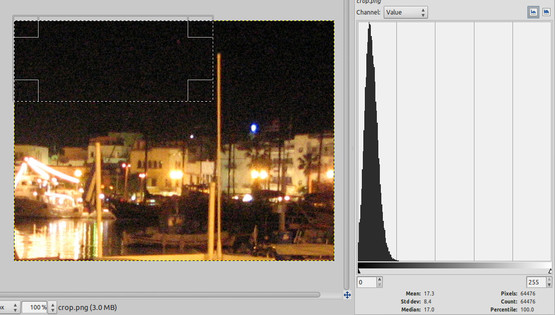Last Updated on March 19, 2013 by nghiaho12
Using Octave today I was taking a guess at the function for factorial might be fact() only to find this amusing snippet:
— Command: fact
— Function File: T = fact()
Display an amazing and random fact about the world’s greatest
hacker.
Running it a few time came up with Chuck Norris equivalent jokes for Richard Stallman:
octave:4> fact When Richard Stallman executes ps -e, you show up. octave:5> fact Richad Stallman's pinky finger is really a USB memory stick. octave:6> fact Richard Stallman discovered extra-terrestrial life but killed them because they used non-free software. octave:7> fact Behind Richard Stallman's beard there is another fist, to code faster. octave:8> fact Richard Stallman's doesn't kill a process, he just dares it to stay running.
That’s pretty cute.




